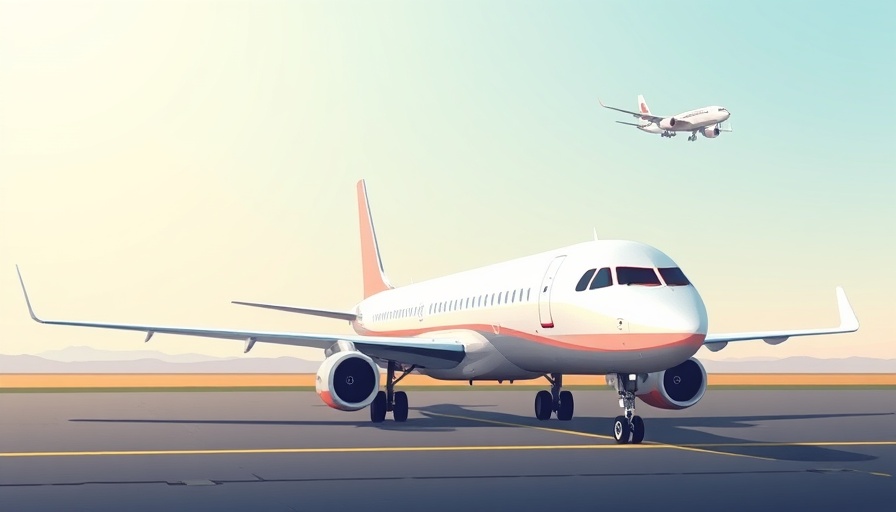
Understanding the TSA Liquid Limit: The 3-1-1 Rule Explained
For frequent travelers, navigating airport security can often feel daunting, particularly when it comes to liquid regulations. The Transportation Security Administration (TSA) enforces a rule commonly known as the 3-1-1 rule, a guideline developed post-9/11 to ensure safety in air travel. This rule stipulates that passengers can carry liquids in containers no larger than 3.4 ounces (or 100 milliliters) within a single quart-sized bag. This category doesn’t just include liquids; it also covers aerosols, gels, pastes, creams, and other substances that could pose safety concerns. Additionally, the TSA's list includes everyday items such as shampoo, lotion, toothpaste, and even peanut butter!
Exciting Exceptions - What Can You Bring?
While the 3-1-1 rule is strict, there are notable exceptions that every traveler should be aware of. In 2021, the TSA laid out specific larger liquids that can be carried on board under certain conditions. This includes essential medications, baby formula, and even specific duty-free purchases. For those unsure about their options, the TSA provides clear guidance about what items qualify for exceptions. Instead of stowing these items in checked luggage, passengers preparing for international travel can savor local delicacies, like exotic hot sauces and gourmet jams, in their carry-ons as long as they comply with TSA policies.
Duty-Free Shopping: A Traveler's Perk
One of the most delightful features of duty-free shopping at international airports is the chance to bring back full-sized liquids without the typical carry-on restrictions. Stores often package these items in a sealed bag that must remain unopened during the flight. For instance, if you've been fortunate enough to find a bottle of unique South African sauce, you can purchase it knowing you can bring it back home—just be sure to keep it sealed! Duty-free shopping not only allows for a wonderful shopping experience but also provides travelers a chance to bring home a piece of their journeys.
The Future of Liquid Regulations in Air Travel
The landscape of air travel is constantly changing, and the TSA has hinted at the possibility of revising liquid regulations. Current advancements in scanning technology suggest that we may soon be able to board flights without worrying about the size of our liquid containers. While European airports previously planned to lift these restrictions in 2024, they have delayed their rollout due to technical challenges. In the U.S., much anticipation surrounds announcements from the TSA about potentially eliminating liquid limits by as early as 2040. For frequent flyers, this could mark a significant relaxation of air travel's restrictions.
Personal Stories: How I Discovered the Perks of TSA Exceptions
Traveling isn’t just about reaching a destination; it’s about the experiences you gather along the way. The last time I traveled internationally, I found myself entranced by the unique flavors of South African sauces at a duty-free shop. After expressing my disappointment at my inability to take them aboard due to size restrictions, the shopkeeper enlightened me about the duty-free exemption. I can't begin to express how delightful it was to return with these flavors, turning my simple dish at home into an exotic experience!
Final Thoughts on the TSA Liquid Limit
Though managing carry-on liquids can be tricky, understanding the TSA's rules and available exceptions can pave the way for stress-free travel. Whether it's bringing back a heartfelt souvenir or ensuring you have essential items needed during your journey, staying informed helps create a more enjoyable experience for all travelers. As regulations progress, let’s embrace the journey and look forward to the day when packing might be a breeze!
 Add Row
Add Row  Add
Add 




Write A Comment